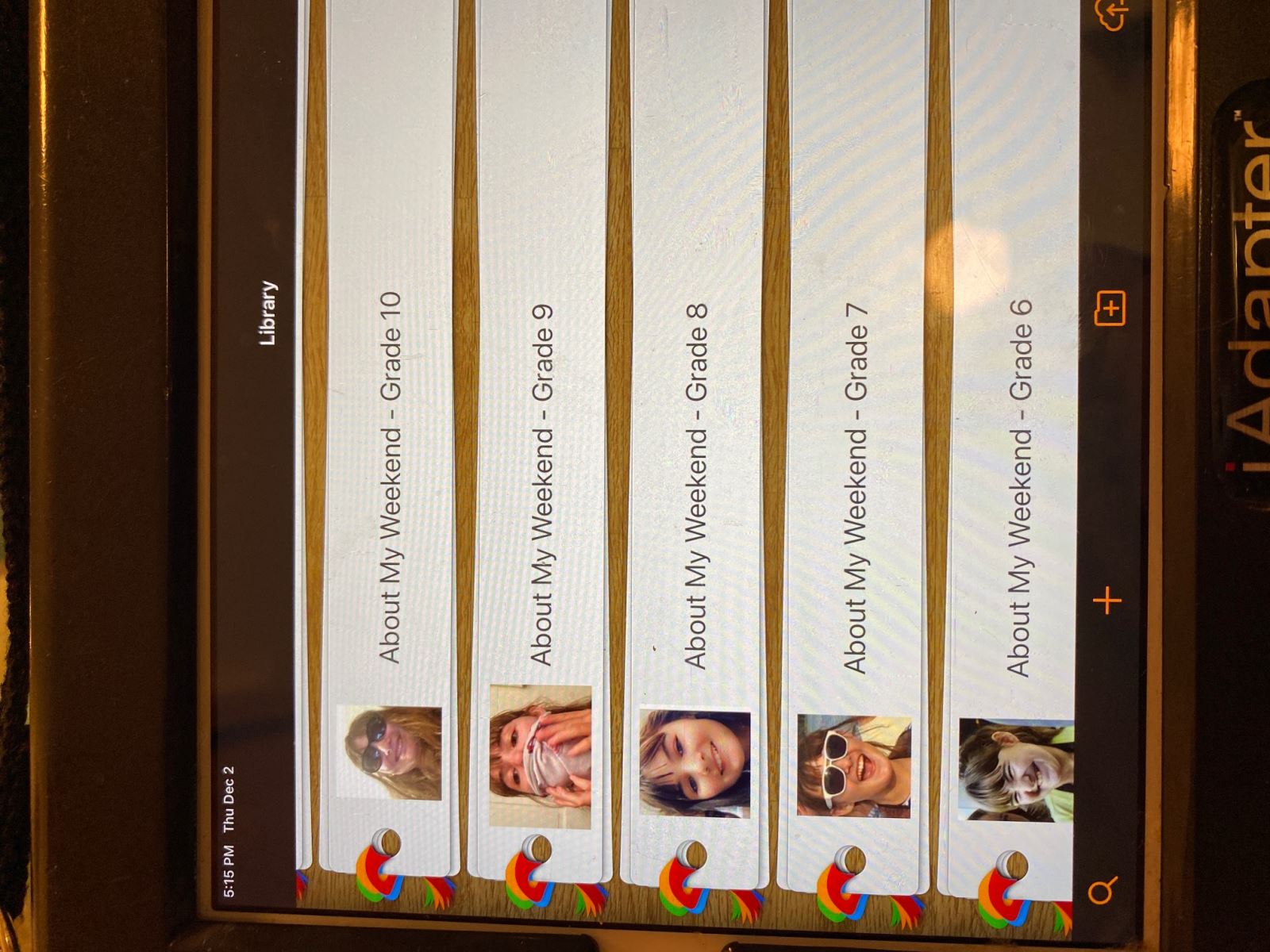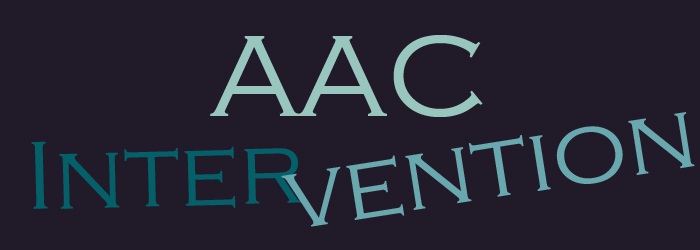return to top

Tip 2
Tagging On

‘Tagging On’ is a strategy for that helps individuals who use AAC respond to a question by using the language of the question. This tip shares:
• What and Why
• Who Is This For
• How to Make It Happen, with a strong focus on role play.
This easy-to-learn strategy helps individuals show that they are listening carefully, and helps them demonstrate their communicative competence for an important event such as an interview, competitive class, panel discussion, or other similar events.
return to top

Tip 3
Scaffolding Story Scripts
 Story scripts support individuals who use AAC in sharing the stories of their lives, even though they may not currently have the communication skills to create and share those stories independently. The tip describes:
Story scripts support individuals who use AAC in sharing the stories of their lives, even though they may not currently have the communication skills to create and share those stories independently. The tip describes:
• What and Why
• Who Is This For
• How to Make It Happen
• Making It More Engaging
• Tools for Story Scripts
This powerful strategy helps individuals share those stories of their lives – large and small – that build connections and friendships!
return to top

Tip 4
Collaborative Books
 Collaborative book writing refers to a shared writing activity in which
Collaborative book writing refers to a shared writing activity in which
adults work with students who use AAC and are emergent writers to compose books to be shared with others. The tip describes:
• What and Why
• Who Is This For
• How to Make It Happen, including case examples
• Reading and Sharing Stories
This engaging strategy helps individuals compose books and share them with others!

return to top

Tip 5
Collaborative Books 2
Choosing Images Using AAC
Collaborative book writing refers to a shared writing activity in which adults work with students who use AAC and are emergent writers to compose books to be shared with others. The tip shares strategies to support students who are not able to point in using their AAC systems to direct others in selecting target images. This includes using:
• Describing words
• Prepositions
• Directional Words and Numbers
• Connections
• Combination of Strategies
This strategy is a great ‘life skill’, helping students learn to quickly direct others to select items that they want from a selection of multiple items.

Tip 6
List This
Making lists is a part of life for most people from high school through adulthood! This is an easy skill to teach for students who are emergent writers, learning to use the full alphabet. This tip summarizes:
• What and Why
• Who Is This For
• How to Do It, including case examples
• Tools That Might Help
This important strategy helps individuals learn to write with the alphabet – and to create lists that they can use to support their lives!


Tip 7
AlphaBook
Direct Selection Light Tech Alphabets
 Many students struggle with the motor act of creating written text. Some students may need to use a light tech alphabet, while continuing to work on the sensorimotor skills needed to quickly formulate hand-written text.
Many students struggle with the motor act of creating written text. Some students may need to use a light tech alphabet, while continuing to work on the sensorimotor skills needed to quickly formulate hand-written text.
return to top

Tip 8
AAC Mentors

This tip is an update and expansion of the 2013 tip by the same name. It shares:
• What and Why
• Who Is This For
• How to Make It Happen
- Description of a formal AAC Mentors program developed by ATTherapy in the UK
- Suggestions for starting an informal mentors and models program
Using these tools and ideas to develop a mentor program will provide powerful benefits to both mentors and mentees!
2021 Tip 8
AAC Mentors

return to top
return to top





